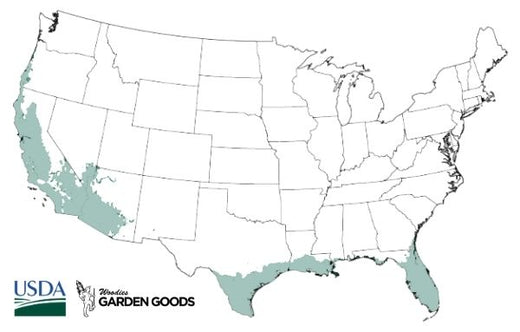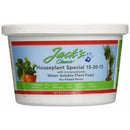
Images Depict Mature Plants
Persian Shield Plants for Sale Online
Strobilanthes or Persian Shield plant is a striking plant that is grown for its intense purple foliage. The thick leaves have a purple, green, and silver shimmer to them. Persian Shield Plant can be grown in full sun, but for the best leaf color, plant it in part to full shade. Persian Shield is drought tolerant and will grow up to 36 inches high and up to 24 inches wide. Use Strobilanthes as a thriller in your mixed containers. During the cool winter months, the plant may be brought inside and grown as a colorful house plant.

| Hardiness Zone: | 9-11 |
|---|---|
| Mature Height: | 2.5 to 3 Feet |
| Mature Width: | 18 to 24 Inches |
| Classification: | Annual |
| Sunlight: | Full Sun, Partial Shade |
| Habit: | Upright |
| Flower Color: | Purple |
| Foliage: | Purple with silver highlights |
| Soil Condition: | well-draining, moist |
| Water Requirements: | Likes to stay slightly dry |
| Uses: | mass planting, container plant |
How to Care for Persian Shield Plant
Before you buy a Persian Shield Plant, make sure to read about the care instructions that are required and recommended to keep this plant healthy and thriving!
How Do I Water Persian Shield Plants?
Persian Shield Plants require evenly moist well-drained soil to thrive. However, it is important not to overwater because if they sit in standing water, they will die. A regular watering schedule will be the most beneficial for the plant's success.
What Type Of Fertilizer Does Persian Shield Require?
To keep your Persian Shield Plant in its best shape, we recommend feeding them once or twice per month during the growing season. Any liquid fertilizer that has been diluted slightly will work perfectly. This will ensure your plant's leaves have the deepest coloring. Avoid fertilizing in the fall and winter time to minimize the risk of any plant damage.

What is The Best Soil for My Persian Shield Strobilanthes Plant?
Persian Shield plants require rich, well-draining soil. It is not particular to a specific pH and can tolerate urban polluted locations. Well-drained soil will help avoid any possibility of root rot, a disease this plant is susceptible to. However, this plant does require its soil to be moist at all times in fact it prefers to dry out between watering's. It is a tricky but important balance for your plant to get enough water and have its soil be moist without overwatering at the same time.

How Much Sun Do Persian Shield Plants Need?
Persian Shield prefers a partially shaded location that receives filtered sunlight each day. Even though they can survive in full sun, they do their best when given protection from the hot sun. If you are planting Persian shield in a garden, place it in a location that can be mostly shaded throughout the day. If you are using it in a container outside, make sure you place it in a location that does not get lots of direct sunlight. This will avoid any risk of burning the leaves or causing any other damage.











